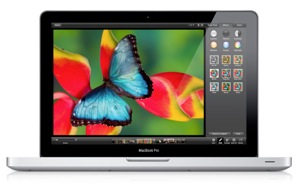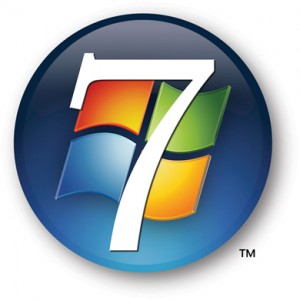 Summary. The standard Apple MacBook Pro 2.4GHz Intel Quad-Core i7 notebook configuration includes 4GB RAM for $2,200 (as of spring 2012). This should be enough memory for the most demanding tasks. However, the computer is extremely slow for many simple tasks even when running only one or two applications. This page offers some suggestions for improving speed and performance. The guidelines below will probably be useful for any brand of computer — desktop or notebook.
Summary. The standard Apple MacBook Pro 2.4GHz Intel Quad-Core i7 notebook configuration includes 4GB RAM for $2,200 (as of spring 2012). This should be enough memory for the most demanding tasks. However, the computer is extremely slow for many simple tasks even when running only one or two applications. This page offers some suggestions for improving speed and performance. The guidelines below will probably be useful for any brand of computer — desktop or notebook.
 Memory Management Apps. There seem to be some memory management issues in Apple OS X Lion 10.7 as indicated by slowness and the reported available memory regularly sinking to only a few hundred megabytes. This happens when running Apple branded software and apps included with the OS, so it doesn’t seem to be a problem with third party software. As a result of these memory management issues, there are now many apps available through the Apple App store for free or 99 cents that will perform the basic task of cleaning up misallocated memory. Here is a short list (from among about two dozen):
Memory Management Apps. There seem to be some memory management issues in Apple OS X Lion 10.7 as indicated by slowness and the reported available memory regularly sinking to only a few hundred megabytes. This happens when running Apple branded software and apps included with the OS, so it doesn’t seem to be a problem with third party software. As a result of these memory management issues, there are now many apps available through the Apple App store for free or 99 cents that will perform the basic task of cleaning up misallocated memory. Here is a short list (from among about two dozen):
- Clean Memory
- FreeMemory Pro (or FreeMemory at no charge)
- MemoryFreer
Memory Upgrade. For an upgrade price of $200 at the time of purchase, the Apple MacBook Pro 2.4GHz Intel Quad-Core i7 notebook can come with 8GB RAM installed rather than 4GB RAM. This is a huge price jump considering that Crucial has an 8GB upgrade for $45 (and you get to keep the original 4GB for sale or use elsewhere).
“I purchased the Apple MacBook Pro 2.4GHz Intel Quad-Core i7 notebook with the standard 4GB RAM and was really disappointed at how slow it was for basic tasks. After upgrading to 8GB RAM, I immediately noticed an improvement in speed. These days, it seems like some low-end computers are configured shipped with the minimum amount of memory required to simply turn on. This reminds me of printers that ship with starter ink kits that can only print a hundred pages.” ~ Greg Johnson
 Windows Users. Although the Apple OS and Microsoft Windows OS both have their advantages and disadvantages, their demands on memory and processor speed seem to be about the same. It’s hard to believe that we’ve reached the point where 8GB RAM has become a baseline for a computer to perform fast and responsive, but that seems to be the case. At the time of publishing this article, most low-end Windows computers ship with 6GB RAM and 8GB RAM is considered the preferred amount of memory to have.
Windows Users. Although the Apple OS and Microsoft Windows OS both have their advantages and disadvantages, their demands on memory and processor speed seem to be about the same. It’s hard to believe that we’ve reached the point where 8GB RAM has become a baseline for a computer to perform fast and responsive, but that seems to be the case. At the time of publishing this article, most low-end Windows computers ship with 6GB RAM and 8GB RAM is considered the preferred amount of memory to have.